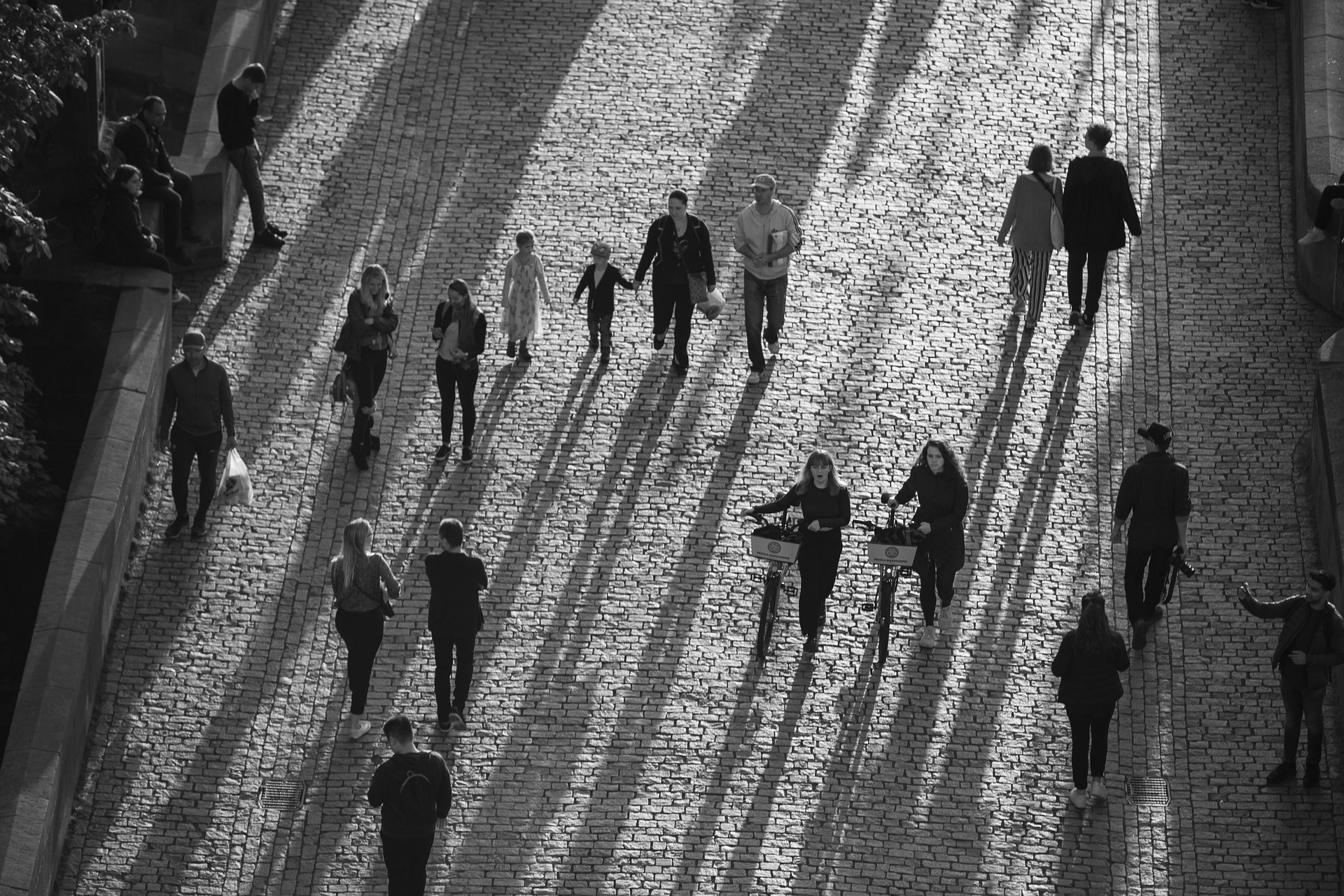The Silent Language of Space: How Architecture Shapes our Society
Introduction: Every society has a language that goes beyond words. It’s a silent dialogue embedded in our surroundings, and it speaks volumes about who we are. This silent dialogue is architecture—the physical manifestation of our collective consciousness. The spaces we create and inhabit shape us just as much as we shape them. Read below to discover how architecture impacts and reflects our society.
The Foundations: Architecture as a Historical Narrative
Architecture has been a crucial part of human history, shaping societies and cultures since time immemorial. The ancient Romans built grand coliseums and aqueducts, symbolizing their power and advanced engineering prowess. In contrast, the compact, intricate designs of Japanese traditional houses reflect the culture’s emphasis on harmony, modesty, and connection with nature. These structures tell stories of their time, reflecting societal values, technological advancements, and cultural ethos.
Brick by Brick: The Modern Architectural Landscape
In today’s world, architecture continues to mirror societal changes. The rise of eco-friendly, sustainable designs reflects our growing consciousness about environmental issues. The emergence of open-concept offices indicates a shift towards collaborative work environments. Tiny house movements signify a growing preference for minimalism and flexibility. Each architectural trend is a snapshot of our evolving society, providing insights into our collective psyche.
Building Blocks of Society: Social Implications of Architectural Trends
Architecture doesn’t just reflect society—it actively shapes it. For instance, the design of public spaces can influence social interactions. Parks with inviting benches and open spaces encourage community engagement. On the other hand, imposing buildings with minimal entry points can create a sense of exclusion. Similarly, residential architecture can shape our lifestyles. Compact apartments in urban areas promote a fast-paced lifestyle, while sprawling suburban homes foster a slower, family-centric living pace.
The Blueprint of Future: Architecture and Societal Evolution
As societies evolve, so does architecture. Emerging trends like adaptive reuse, where old buildings are repurposed for new functions, reflect a society grappling with rapid urbanization and limited space. Similarly, the rise of smart homes points towards a future where technology and living spaces are seamlessly integrated. By studying these trends, we can anticipate societal trajectories and prepare for the future.
The Silent Dialogue: A Closing Thought on Architecture and Society
In essence, architecture is more than just bricks and mortar—it is an ongoing, silent dialogue between society and space. It’s a story of our collective experiences, aspirations, and evolution. As we continue to shape our surroundings, we must be mindful of the narratives we’re creating. After all, the spaces we design today will be the historical landmarks of tomorrow—silent testimonies to our time, values, and collective spirit.
In conclusion, whether we realize it or not, architecture plays a vital role in shaping our society. It is a reflection of our collective consciousness, and understanding its language unlocks a deeper understanding of our society.





